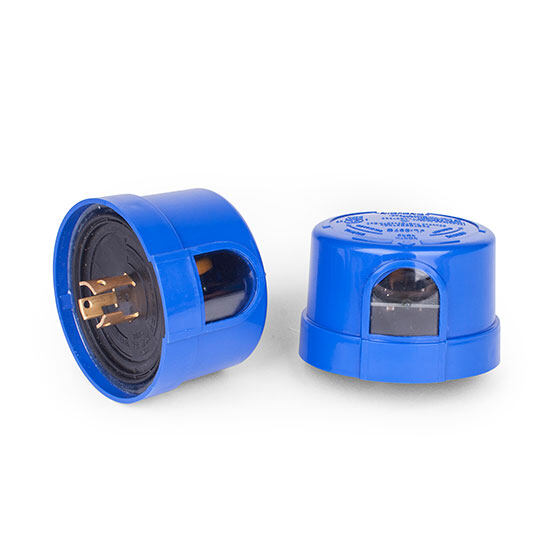

A. Overview of Twist Lock Photocells
In the realm of lighting technology, twist-lock photocells stand out for their robust design and efficiency. These light-sensitive devices are integral components in various lighting systems, regulating illumination based on ambient light conditions. This guide delves into the intricate process of how to test a twist-lock photocell, ensuring the seamless operation of your lighting infrastructure.
B. Importance of Testing
Regular testing serves as a proactive measure, allowing you to detect potential malfunctions before they escalate. Whether you're a homeowner looking to enhance outdoor lighting or a facilities manager maintaining a commercial space, understanding the nuances of testing is paramount for optimal system performance.
A. Safety Precautions
Before initiating the testing process, prioritize safety. Turn off the power supply to prevent electrical accidents, safeguarding both yourself and the integrity of the lighting system.
B. Gather the Necessary Tools and Equipment
Equip yourself with the essential tools, including a multimeter for precise measurements, screwdrivers for inspecting connections, and any additional equipment relevant to your specific lighting setup.
A. Identification of Key Parts
Familiarize yourself with the anatomy of a twist-lock photocell. Recognizing key components such as the sensor, control unit, and wiring connections is crucial for accurate testing and troubleshooting.
B. Overview of Photocell Functionality
Delve into the intricacies of how a photocell operates in response to changes in ambient light. Understanding its functionality provides a foundation for effective testing and troubleshooting.
A. Preliminary Checks
1. Ensure Power Supply
Double-check that the power supply to the lighting system is deactivated to prevent electrical hazards.
2. Inspect wiring connections.
Thoroughly examine the wiring connections for signs of wear, tear, or looseness that might compromise the photocell's performance.
B. Using a Multimeter
1. Voltage Measurement
Utilize the multimeter to measure the voltage across the photocell, ensuring it falls within the specified range for optimal performance.
2. Resistance Measurement
Conduct a resistance test to identify any irregularities in the photocell's internal circuitry that might impact its responsiveness.
C. Testing Photocell Response
1. Exposure to Light
Gradually expose the photocell to varying light conditions, observing its response time and noting any unexpected delays or inconsistencies.
2. Blocking Light Source
Simulate darkness by covering the photocell, and confirm that the connected light source switches off promptly.
D. Analyzing Test Results
1. Interpreting Multimeter Readings
Analyze multimeter readings, comparing them to expected values. Deviations may indicate issues such as voltage fluctuations or internal component failures.
2. Troubleshooting Common Issues
Address common problems like dirt accumulation on the photocell's sensor or misaligned wiring, which can impede proper functionality.
A. Alternative Testing Approaches
Consider alternative testing methods based on specific environmental factors and lighting setups, seeking insights from experienced electricians and lighting specialists.
B. Troubleshooting Specific Scenarios
Explore troubleshooting scenarios unique to twist lock photocells, incorporating perspectives from diverse domains such as electrical engineering, outdoor lighting design, and smart home technology.
A. Recap of Testing Steps
Summarize the key testing steps, reinforcing their significance in maintaining a reliable and efficient lighting system.
B. Importance of Regular Photocell Maintenance
Emphasize the importance of periodic testing and maintenance to extend the lifespan of twist-lock photocells and ensure consistent performance in diverse lighting conditions.
In conclusion, mastering the art of how to test a twist lock photocell empowers individuals and professionals alike to proactively manage lighting systems, promoting safety, efficiency, and longevity. By following this comprehensive guide, you can navigate the intricacies of twist-lock photocell testing with confidence and precision.
Email format error
Email cannot be empty
Email already exists
6-20 characters(letters plus numbers only)
The password is inconsistent
Email format error
Email cannot be empty
Email does not exist
6-20 characters(letters plus numbers only)
The password is inconsistent